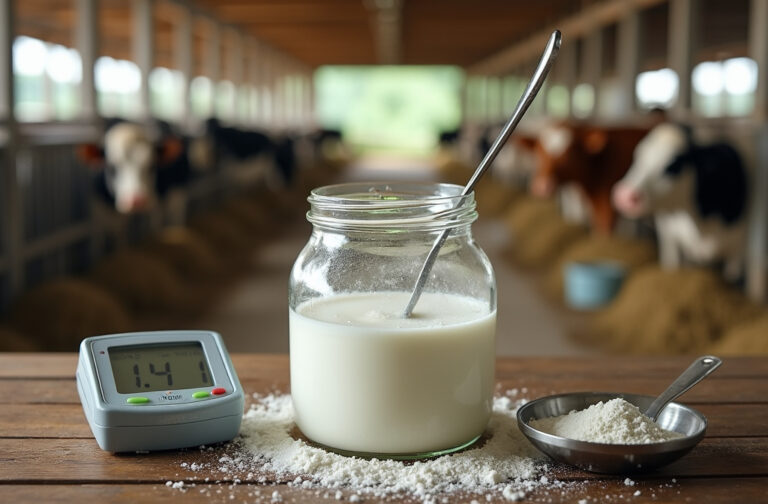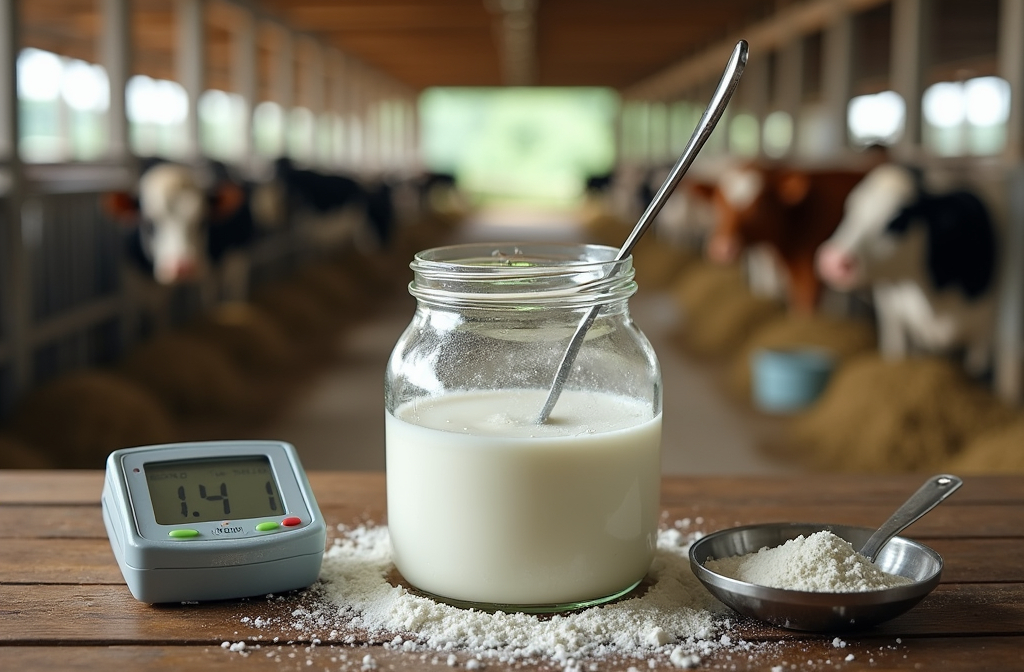Droughts are getting worse, and with a rapidly growing global population, food insecurity is becoming a more urgent issue. But what if we could make crops grow smarter, sending their roots deeper to find water during dry spells? Scientists are now closer to achieving this thanks to new research on how plant hormones control root angles in cereal crops like rice and maize.
Here’s everything you need to know about this breakthrough discovery and how it could transform farming in drought-prone regions.
🌾 The Root of the Problem: Why Root Angle Matters
Roots are essential for plants to access water and nutrients from the soil. In normal conditions, crops tend to grow roots at shallow angles to maximize nutrient uptake from the topsoil. However, during droughts, water evaporates from the surface and accumulates deeper in the soil.
What’s the solution? Crops that can adjust their root angles to grow deeper and find water in the subsoil have a better chance of surviving droughts. This process is known as altering the Root System Architecture (RSA).
🧪 The Science: How ABA and Auxin Control Root Angles
The study, led by Guoqiang Huang and a team of international researchers, found that two plant hormones—Abscisic Acid (ABA) and Auxin—play a crucial role in adjusting root angles in response to drought stress.
Key Findings:
- Under normal conditions, crop roots grow at shallow angles.
- Under drought conditions, wild-type plants (normal plants) shift their root angles to grow deeper into the soil.
- ABA biosynthetic mutants (plants that cannot produce ABA) fail to adjust their root angles during droughts, resulting in poor water uptake.
Why It Matters:
ABA acts as the primary signal during drought conditions, triggering the production of Auxin in root tips. This Auxin then guides the roots to bend downward, helping the plant access water from deeper soil layers.
🌱 Gravitropism: How Roots Know Where to Grow
A key part of this research involves gravitropism, which is how plant roots sense gravity and grow downward. The study revealed that ABA influences Auxin biosynthesis to enhance this gravitropic response, especially under drought conditions.
Here’s How It Works:
- ABA levels increase when a plant experiences drought.
- This triggers Auxin production in the root tips.
- Auxin forms a gradient, guiding roots to grow at a steeper angle.
- The result? Deeper roots that can access water from the subsoil.
🌽 What This Means for Farmers
With climate change intensifying droughts worldwide, developing crops with deeper root systems is crucial for food security. By breeding crops that respond to ABA signals more efficiently, scientists could help farmers grow drought-resistant varieties of rice, maize, and other cereal crops.
Practical Benefits:
- Increased drought tolerance
- Higher crop yields in water-scarce regions
- Reduced irrigation needs, conserving water resources
🧑🔬 Beyond Rice and Corn: The Future of Crop Innovation
This ABA-Auxin discovery isn’t just limited to rice and corn. The principles could be applied to a wide range of crops, potentially revolutionizing how farmers grow food in arid regions.
Researchers are already exploring how to integrate this knowledge into breeding programs to create new drought-resistant crop varieties.
Key Next Steps:
- Identifying genetic markers for ABA and Auxin response in crops
- Developing new crop varieties that naturally adjust their root angles
- Scaling the technology for global agricultural use
💡 Simplifying the Science for Everyone
If you’re not a scientist, here’s the simple takeaway: plants have a built-in mechanism to adjust their root angles to find water during droughts. By understanding how two key hormones—ABA and Auxin—work together, researchers can breed crops that thrive even in the toughest conditions.
🔑 Key SEO Keywords & Phrases
- Drought-resistant crops
- Root system architecture (RSA)
- ABA-Auxin cascade
- Plant root angles
- Gravitropism in plants
- Crop drought response
- Climate change agriculture
- Sustainable farming solutions
🤔 Final Thoughts: How This Could Change the Future of Farming
The ABA-Auxin cascade discovery is a game-changer for agriculture. With the global population expected to reach 10 billion by 2050, ensuring food security in the face of climate change is critical. By developing crops that can grow deeper roots and access water during droughts, farmers can maintain high yields even in water-scarce regions.
This is not just a win for farmers but also a win for humanity as we tackle one of the most pressing issues of our time—sustainable food production in a changing climate.
Article derived from: Xiong, Y., Song, X., Mehra, P., Yu, S., Li, Q., Tashenmaimaiti, D., Bennett, M., Kong, X., Bhosale, R., & Huang, G. (2025). ABA-auxin cascade regulates crop root angle in response to drought. Current Biology. https://doi.org/10.1016/j.cub.2024.12.003
Check out the cool NewsWade YouTube video about this article!
















